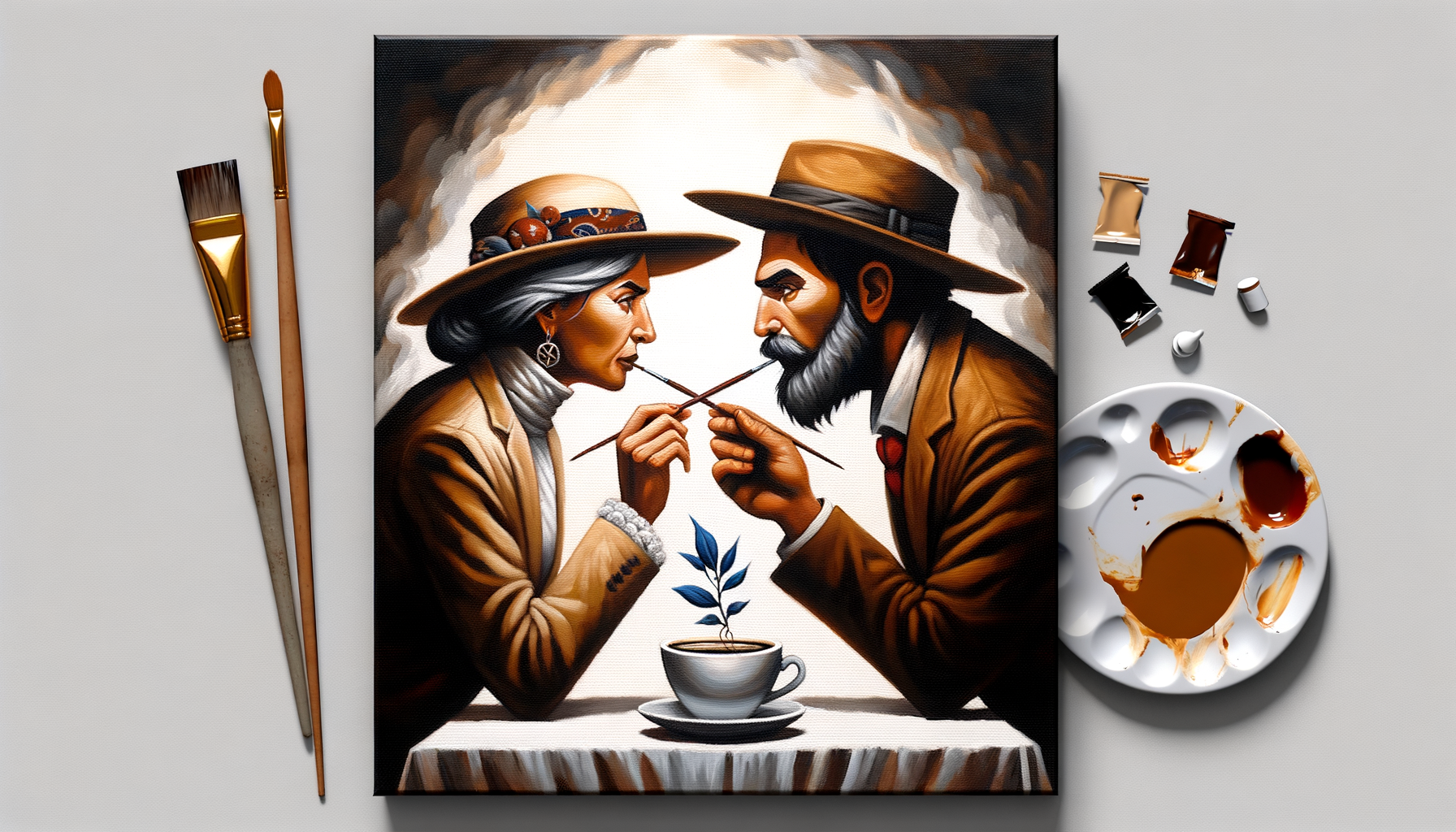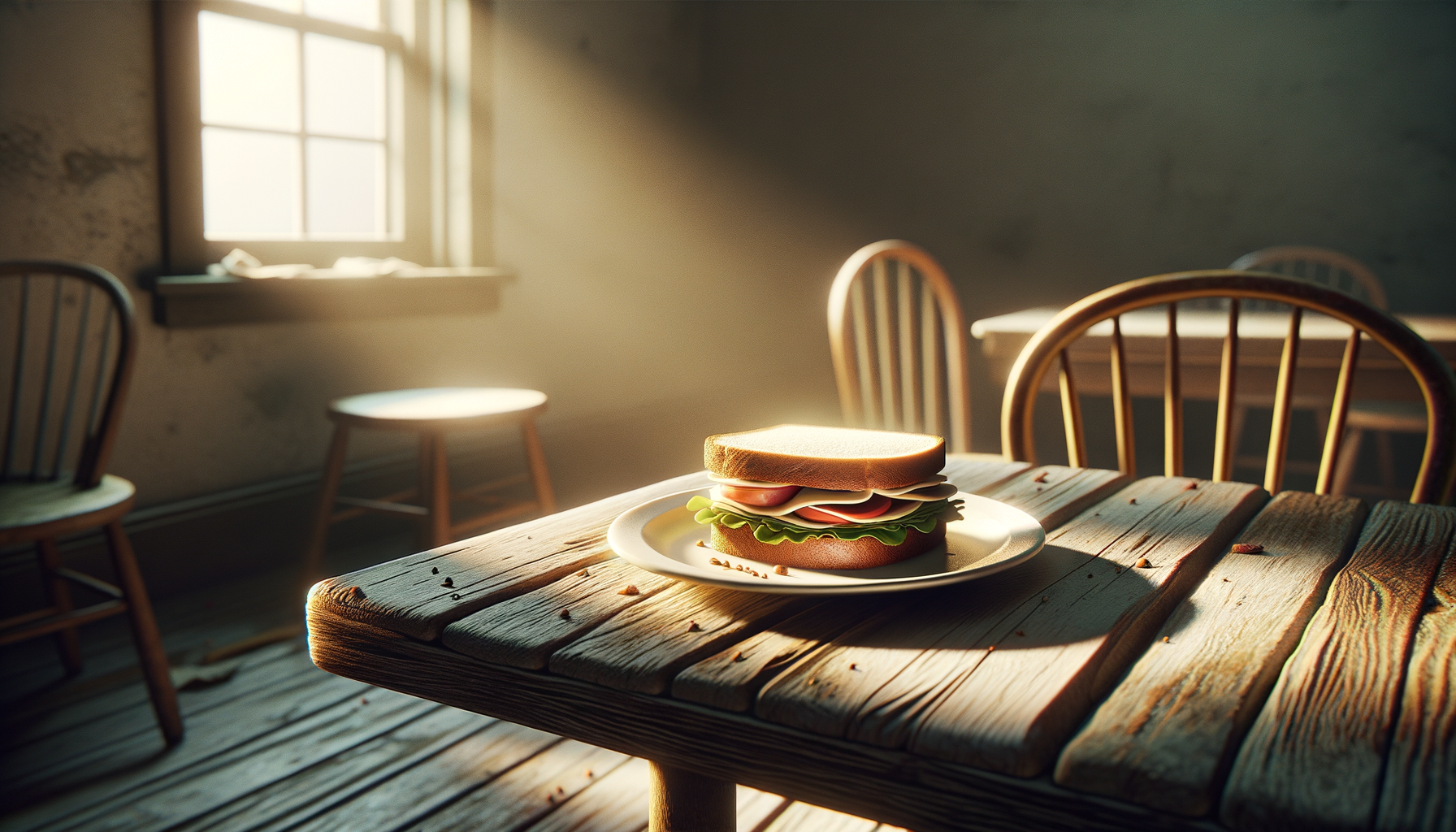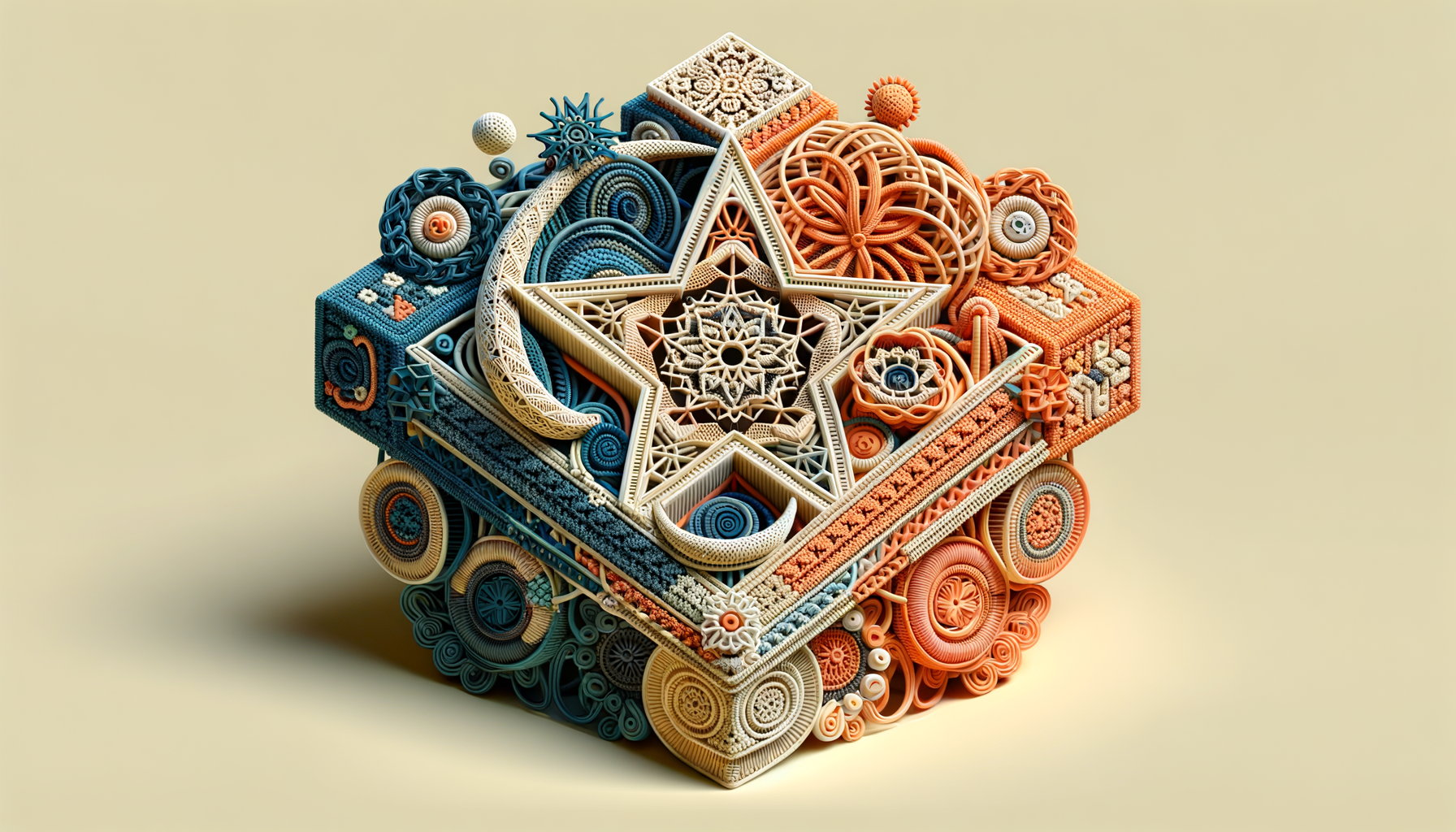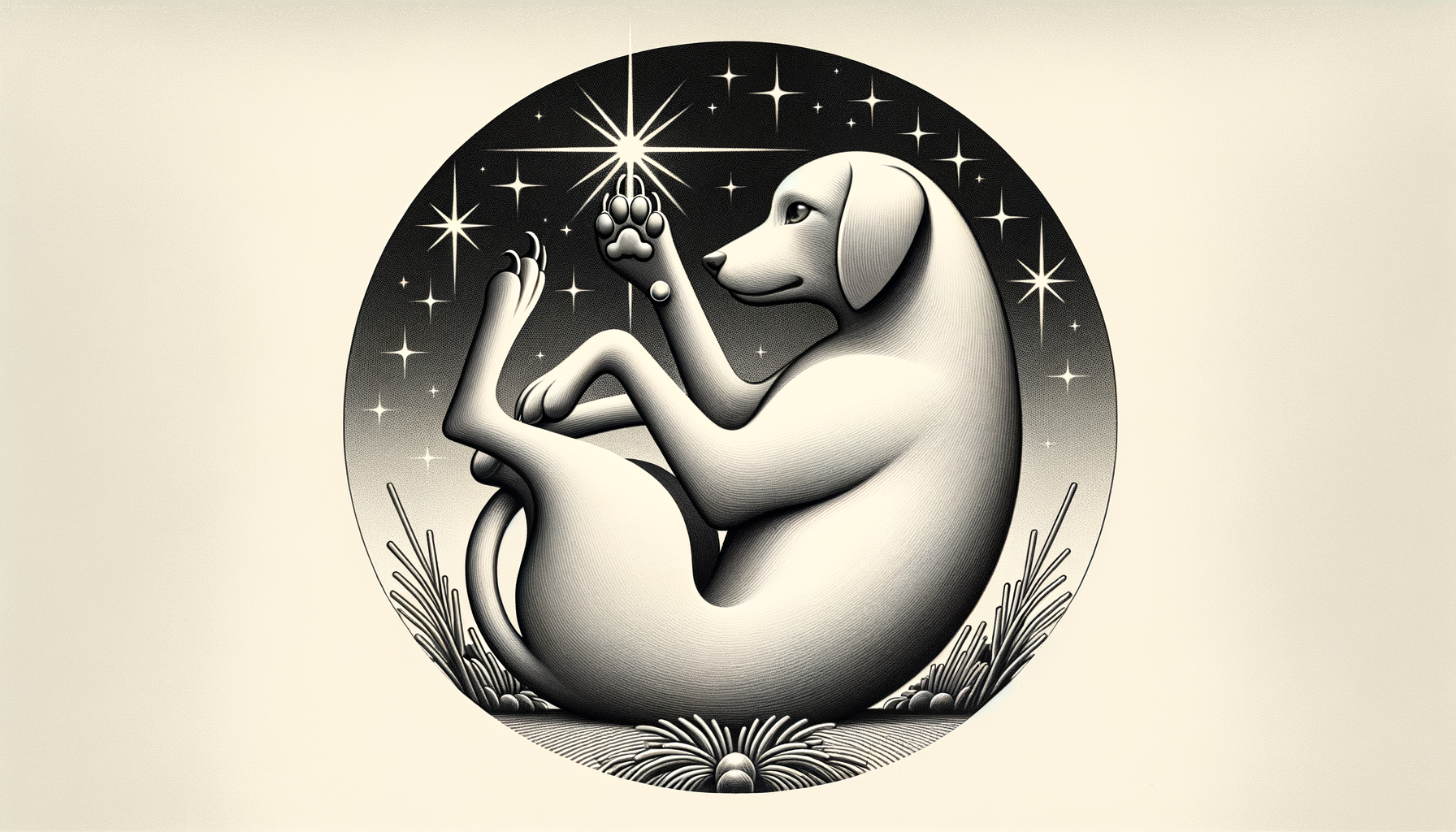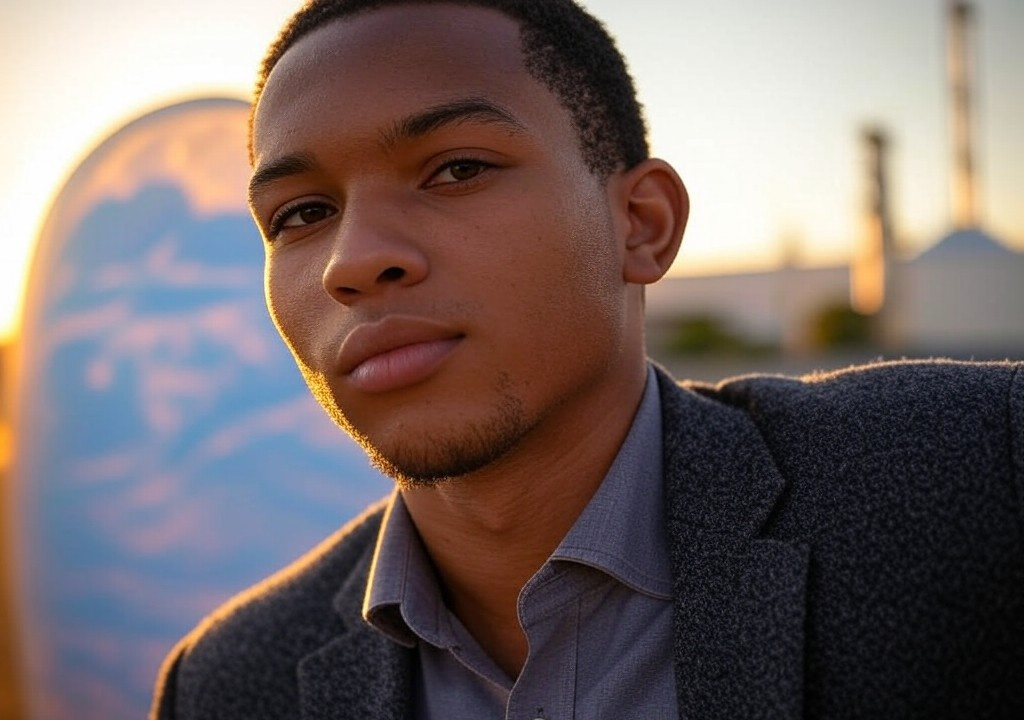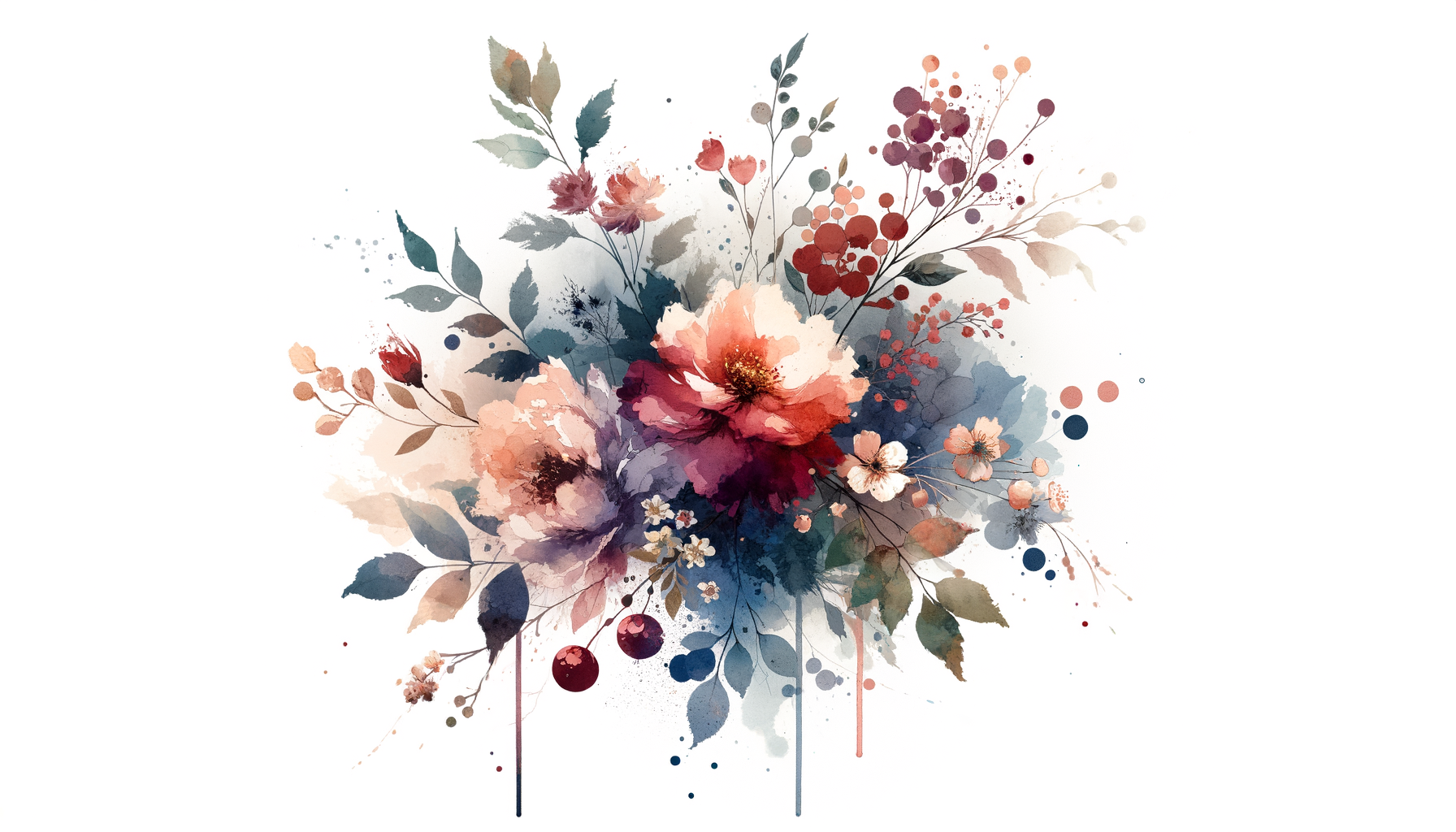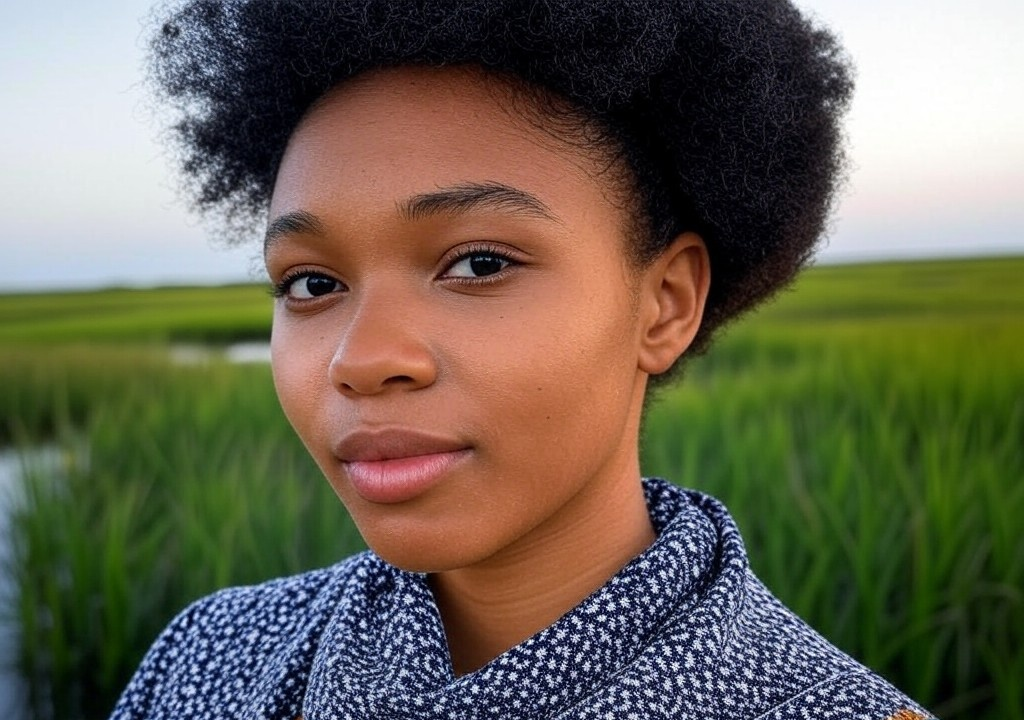Dancing Between Two Worlds: Navigating Life in Cultural Stereo
Growing up as a Cuban-American in Miami meant I was always tightrope-walking two identities while guava pastries and café cubano fueled my stamina. One foot lived firmly planted in Old Havana—where my abuela’s stories of “la época de oro” (her golden era) made revolution-era Cuba come alive in our tiny kitchen. The other foot sprinted toward modern Miami, where I tried to master every NSYNC choreo like my life depended on it. Navigating cultural dualities felt a lot like dancing salsa on one side of a room while the other side blared reggaetón—awkward, exhilarating, but somehow rhythmic.
Existing between worlds can be a superpower… or occasionally the reason you crumble into a spiral of self-doubt in the arroz aisle, wondering if you’re buying the right brand of long-grain rice. Turns out this balancing act doesn’t end with cultural identity; it bleeds into all aspects of life—dating, career, friendships. If you’ve also felt that tug between “this or that,” “here or there,” “too much or not enough,” let’s unpack this together.
The Cubanita Who Wasn’t “Cuban Enough”
I have this vivid memory—high school cafeteria, South Florida heat simmering even indoors. I’d packed croquetas, which made my lunch taste like home and, apparently, not like anyone else’s. A friend had scrunched her nose and asked (half-jokingly), "Don’t you ever eat something normal, like ham and cheese?" Normal. And just like that, I shrunk a little.
On the flip side, during a visit to Cuba with my mom, I caught shade from cousins who declared my Spanish too gringa-fied. Clearly, “normal” meant different things depending on what side of the Gulf Stream you were standing.
By adulthood, this duality seeped into my dating life faster than you can say Plantain or Potato? When one date roasted my “intensely Miami accent,” I felt compelled to prove I could quote Shakespeare (in its original iambic pentameter, no less). Yet, when I brought a boyfriend home to meet my family, he was shook by my Tía Maritza’s rapid-fire Spanish. “What even is this language?” he whispered, looking as lost as someone in the wrong department at IKEA. He thought the only Spanish word existent was “taco.” I hate to break it to you, Brad from Fort Lauderdale, but Cuba has zero tacos.
How Juggling Two Worlds Makes You a Master Multi-Tasker
Living in cultural stereo, you develop a toolkit for adaptability. You fine-tune your Spanglish—the ability to say, “Mami, I’ll do el laundry after un cafecito”—which is both a survival skill and an art form. But this balancing act isn’t limited to blending language; it’s how you adapt whenever you’re straddling two versions of yourself. The “you” that fits within one set of expectations and the “you” that’s still learning, evolving, or flat-out rebelling against boxes.
Over time, here’s what I’ve learned about mastering that metaphorical salsa/reggaetón identity shuffle:
- Learn to Laugh at Mishaps: Whether it’s your abuela asking why you haven’t “gotten married yet at your advanced age of 29” (I suddenly became senior-citizen eligible while my cousins stayed eternally “joven”), or your coworkers thinking you always hit the kitchen for green juice instead of cortaditos—embrace these mismatched moments as comedy rather than crises.
- Find Tiny Ways to Honor Both Sides: For example? I type out emails like a modern professional, but you better believe I sign off company Slack messages with emojis that make my abuela proud (🌴☀️💃🏻). It’s life’s dualities in micro doses!
- Stop Over-Explaining Yourself: If you feel like you live in the hyphen between “Cuban-American” or “artist-accountant” or “introvert-party animal,” let it be your power move. Hyphen identities make us multidimensional—less boring than black-and-white labels because, hello, we contain multitudes.
The Double-Edged Sword of Dating While Culturally Torn
Can we get real for a second? Navigating the dating pool when you’re flirting between cultures deserves Olympic-level praise. Your criteria become an emotional Layer Cake:
1. Someone who’s open to trying your favorite cultural foods.
2. Bonus points if they won’t fake allergies to save face (looking at you, Ben, who couldn’t “stomach” maduros but was fine with fries).
3. Someone patient enough to weather conversations where Spanglish slips out mid-sentence.
If you’re trying to find the spark, here’s my advice for bringing cultural nuance into the realm of connection:
- Set the Tone Early: On first dates, frame your hybridity as intriguing rather than intimidating. You’re not “too much;” you’re layered. A story or playful reference is more effective than a lecture. Exhibit A: “Ever tried pastelitos? Get ready for dessert… and existential joy.” Boom—you're a mystery and dessert curator in one.
- Take the Lead on Education: Don’t expect people to immediately get you and your background. Instead, fold it into small moments. “This song? That’s Celia Cruz... She’s basically Beyoncé in my house."
- Recognize That Some Won’t Get It, and That’s Okay: Not every person is curious enough to bridge cultural gaps. Sometimes, Brad from Fort Lauderdale stays Brad from Fort Lauderdale—and you don’t need to play cultural Zoom translator.
From Conflict to Comfort
One of life’s biggest lessons is this: Dualities exist to teach us harmony. Somewhere between learning to tolerate college roommates who microwaved fish (a crime) and gently correcting dates’ geographic ignorance (“Wait, Why isn’t Cuba part of Mexico?”), you get good at meeting the world head-on. You learn to celebrate the very contrasts that used to feel isolating—but now feel kind of divine.
Case in point? I used to cringe when some called me an "in-betweener." Now I wear that badge proudly, because navigating between two worlds isn’t a flaw. It’s the key to adaptability. Your ability to exist, thrive, and communicate outside one narrow framework? That’s what makes connections deeper. Date with it. Work with it. Live with it.
Final Thoughts: Toast Both Sides
So, what’s my olive branch to all my dual-living kindred spirits? You don’t have to pick a side. Life isn’t a cooking show where you either win or pack your knives and go. It’s perfectly okay to be a little this and a little that. Authenticity doesn’t mean wedging yourself into a single identity—it’s about honoring the whole buffet of flavors that make you unique.
Or, as my abuela says whenever I bring my gringo boyfriend around for her arroz con pollo, “Hay espacio en la mesa para todos.” There’s room at the table for everyone.



